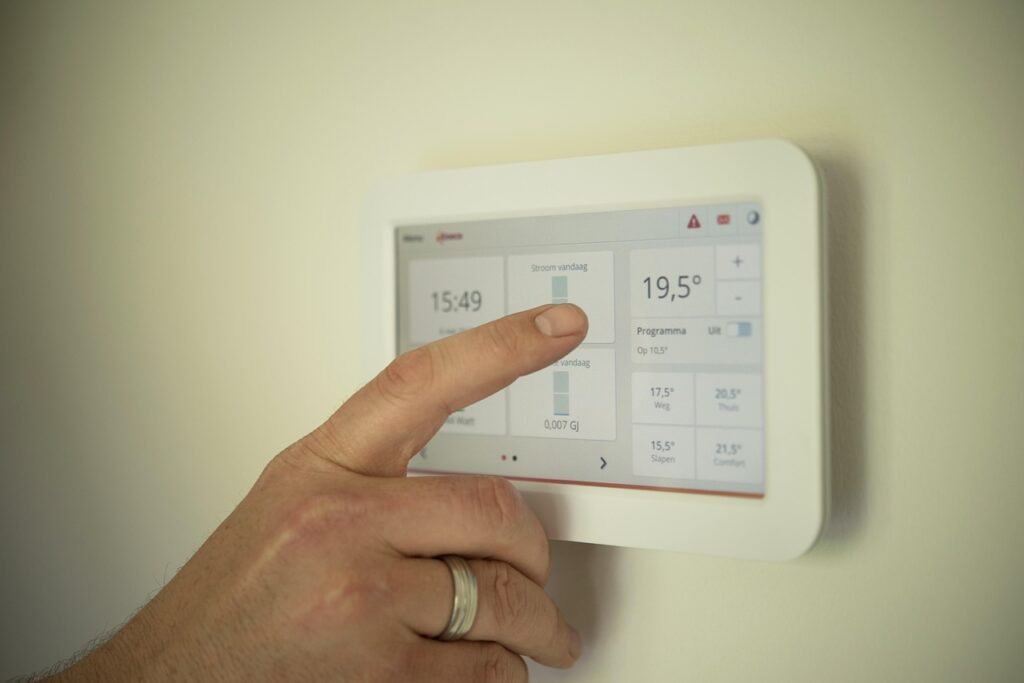With a housing market that is seemingly forever shifting, homeowners are thinking smarter about how to renovate. Rather than chasing the short-lived trends or staging for a resale, today’s renovations are increasingly about future-proofing. That’s how people seek to design homes that grow with them, age gracefully and all the while minimize long-term costs. The end goal? A home that saves money in the long term by being smarter right now.
Table of Contents
Flexible spaces are worth their weight in gold
One of the most valuable ways to renovate is to move towards multi-functional spaces. Look for open-plan areas with subtle zoning, offices that can pull double duty as guest rooms, and basements that are equipped for both entertainment and storage. Being prepared for life’s curveballs means that even if your needs change, your home doesn’t have to.
This kind of flexibility reduces the likelihood you’ll need to remodel again to accommodate changed priorities, such as a work-from-home routine or a growing family. Building this versatility in means fewer future costs, and increased resale value further down the road.
Aging in place can be better than upgrading
While you may not be thinking about retirement right now, incorporating features that support aging in place is a canny long-term move. Think about wider doorways, zero-step entrances, lever-style handles and ground-floor bathrooms. These aren’t just an investment in the future; they can be convenient for visiting relatives, temporary injuries and accommodating a senior family member who needs to come to stay long-term.
Future-ready homes are easier to live in, and when the time comes they are also easier to sell. Buyers are increasingly aware of the appeal of a home that doesn’t require major alterations to remain functional in the long term.
Low-maintenance materials = long-term wins
Another way of planning for the future is picking materials that will hold up over time. Talk with your general contracting builders about incorporating engineered hardwood, quartz countertops, metal roofing and composite decking. These additions may cost more up front, but they need less intervention and cause fewer headaches over time.
Consider also finishes that resist mold, water damage and wear and tear. These can see you save thousands in maintenance and insurance claims. When people hear “smart renovations” they may think high-tech. But sometimes, low-effort is more valuable.
Energy efficiency that pays for itself
Energy-efficient upgrades are always going to be among the most value-adding improvements you can make. Durable insulation, double-glazed windows, smart thermostats and solar panels can all reduce your monthly outgoings. What’s more, they’re becoming a bottom line for buyers, so it makes sense to add them now.
Installing these features during a broader renovation makes logistical and financial sense. If you’re already opening up walls or replacing exterior siding, then taking the chance to integrate improvements and wire in smart tech is a no-brainer.
If you’re planning to renovate your home, it’s OK to think about what you want right now. But considering what will make sense in the future is also an important consideration, and could be the best choice you ever make.







